Content Creation
What is Content Creation?
Content creation is the process of generating original material for publishing. This material can take various forms, including blog posts, articles, videos, podcasts, infographics, social media posts, and more. The purpose of content creation is to inform, entertain, engage, or persuade an audience. It involves researching, writing, designing, recording, and editing content to ensure it meets the needs and interests of the target audience.
Why is Content Creation Important?
Content creation is important because it helps build and maintain a relationship with your audience. High-quality, relevant content attracts and engages readers, viewers, or listeners, encouraging them to spend more time with your brand and take desired actions, such as subscribing, purchasing, or sharing.
Effective content creation also enhances your brand’s visibility and authority. By consistently producing valuable content, you can improve your search engine rankings, drive organic traffic to your website, and establish your brand as a trusted resource in your industry. Additionally, content creation supports various marketing strategies, including SEO, social media marketing, and email marketing, contributing to overall business growth.
Best Practices for Content Creation
1. Understand Your Audience
Know who your audience is, what they care about, and what problems they need to solve. Use audience personas and research to guide your content creation process. Tailoring content to your audience's needs ensures relevance and engagement.
2. Conduct Thorough Research
Research your topics thoroughly to provide accurate and valuable information. Use credible sources, industry reports, and data to back up your points. Thorough research adds depth and authority to your content.
3. Create a Content Strategy
Develop a content strategy that outlines your goals, target audience, content types, and distribution channels. A clear strategy helps ensure consistency and alignment with your overall marketing objectives.
4. Focus on Quality
Prioritize quality over quantity. High-quality content is well-researched, well-written, and free of errors. It provides value to your audience and reflects positively on your brand. Invest time in editing and proofreading to maintain high standards.
5. Use a Variety of Formats
Diversify your content by using different formats, such as text, video, audio, and visuals. Different formats can reach different segments of your audience and keep your content fresh and engaging.
6. Optimize for SEO
Optimize your content for search engines to improve its visibility and reach. Use relevant keywords, meta descriptions, headings, and internal and external links. SEO optimization helps your content rank higher in search results.
7. Incorporate Visuals
Enhance your content with visuals like images, infographics, and videos. Visuals make your content more engaging and easier to understand. Ensure that all visuals are high-quality and relevant to the content.
8. Be Consistent
Maintain a consistent voice, style, and publishing schedule. Consistency helps build trust and familiarity with your audience. Use a content calendar to plan and organize your content creation efforts.
9. Encourage Engagement
Invite your audience to interact with your content by asking questions, encouraging comments, and providing calls to action. Engagement helps build a community around your brand and provides valuable feedback.
10. Measure and Analyze
Track the performance of your content using analytics tools. Measure key metrics such as traffic, engagement, shares, and conversions. Use the insights to refine your content strategy and improve future content.
By following these best practices, you can create high-quality, engaging content that resonates with your audience, supports your marketing goals, and drives business success.
For more terms, return to the content marketing glossary and freelance writing glossary.

